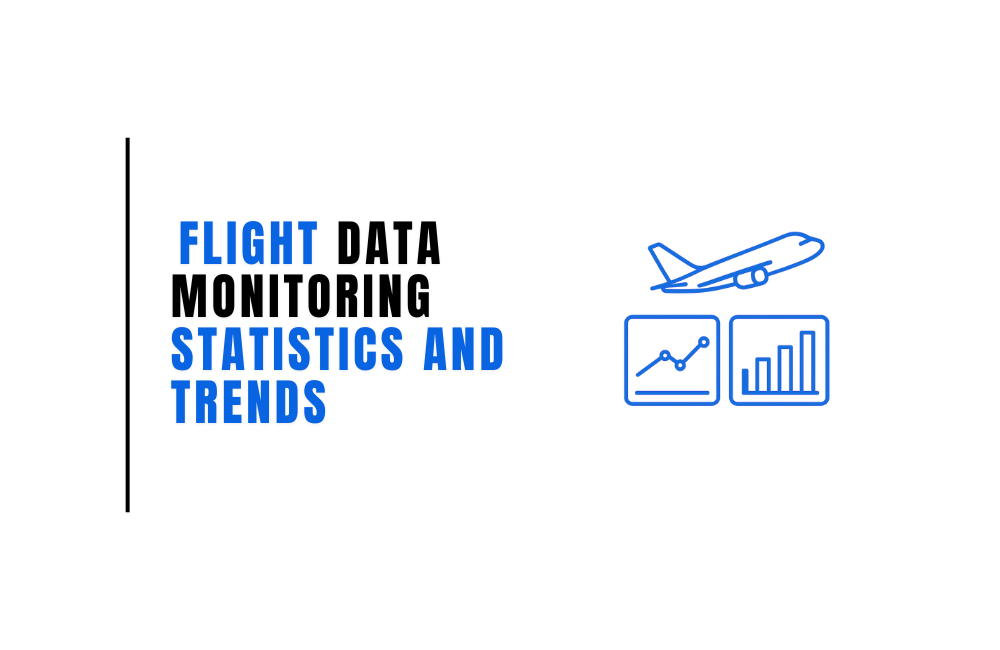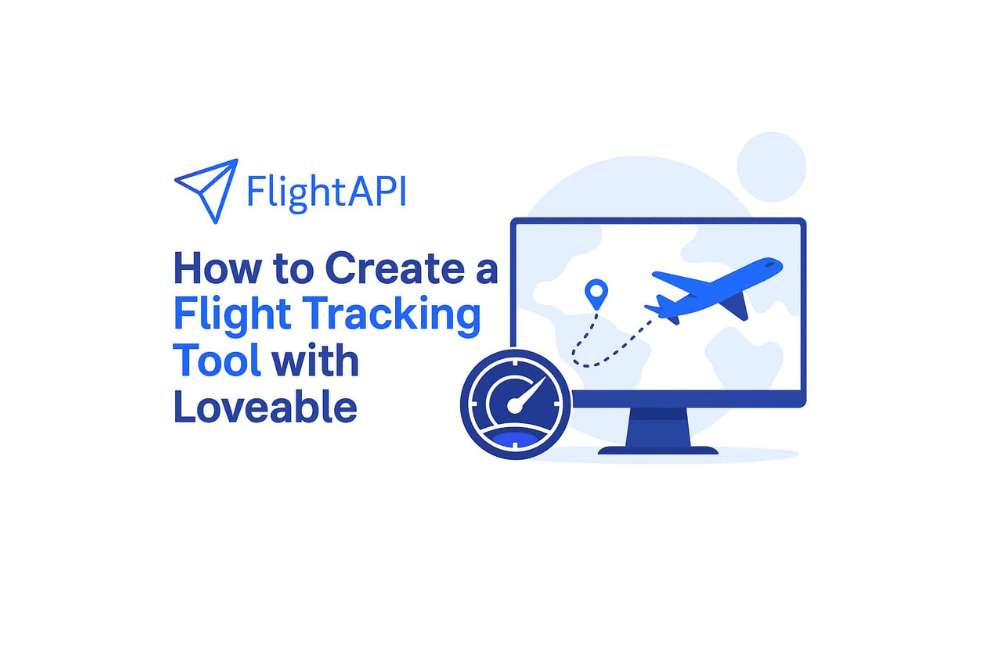
Our Blogs
From hands-on tutorials to business insights, our blog covers everything you need for your travel projects and business success with flight data.
Looking for the latest Flight Data Monitoring statistics and trends? You’re in the right place. Flight data isn’t just numbers
Flight data is the backbone of any travel platform. Whether you’re building a booking tool, a fare comparison app, or
If you’re building apps for travel, managing airport ops, or keeping cargo moving, the right flight data is critical. From
If you work with travel, manage bookings, or just like building useful side projects, there’s a good chance you’ve thought
You need to track flight status. Maybe for your travel tech company, maybe for a client of your travel agency
The travel game is not what it used to be. Customers want more, competition’s brutal, and the pace is relentless.







